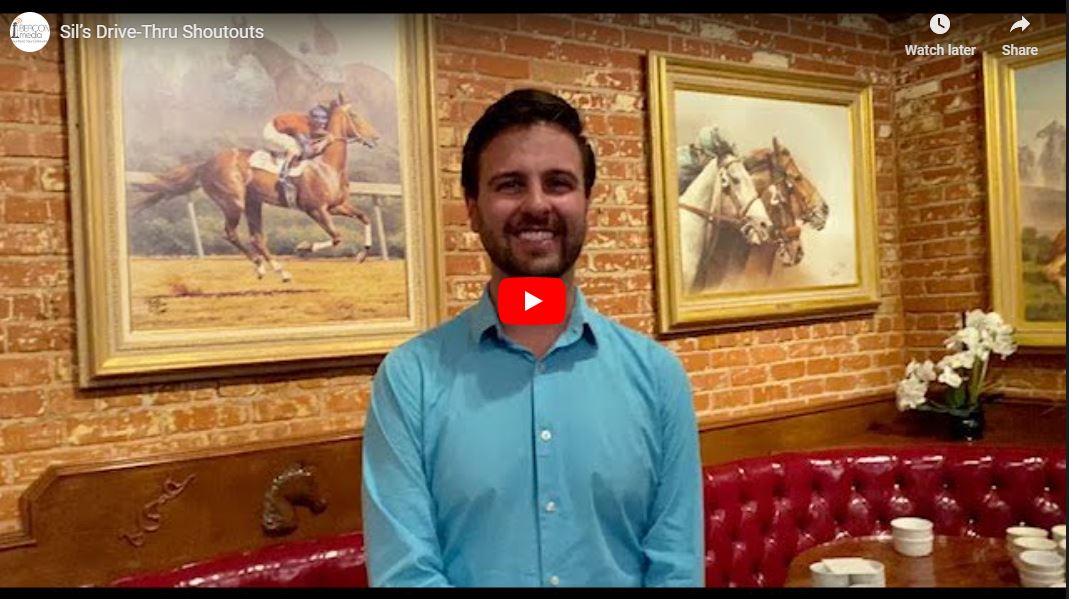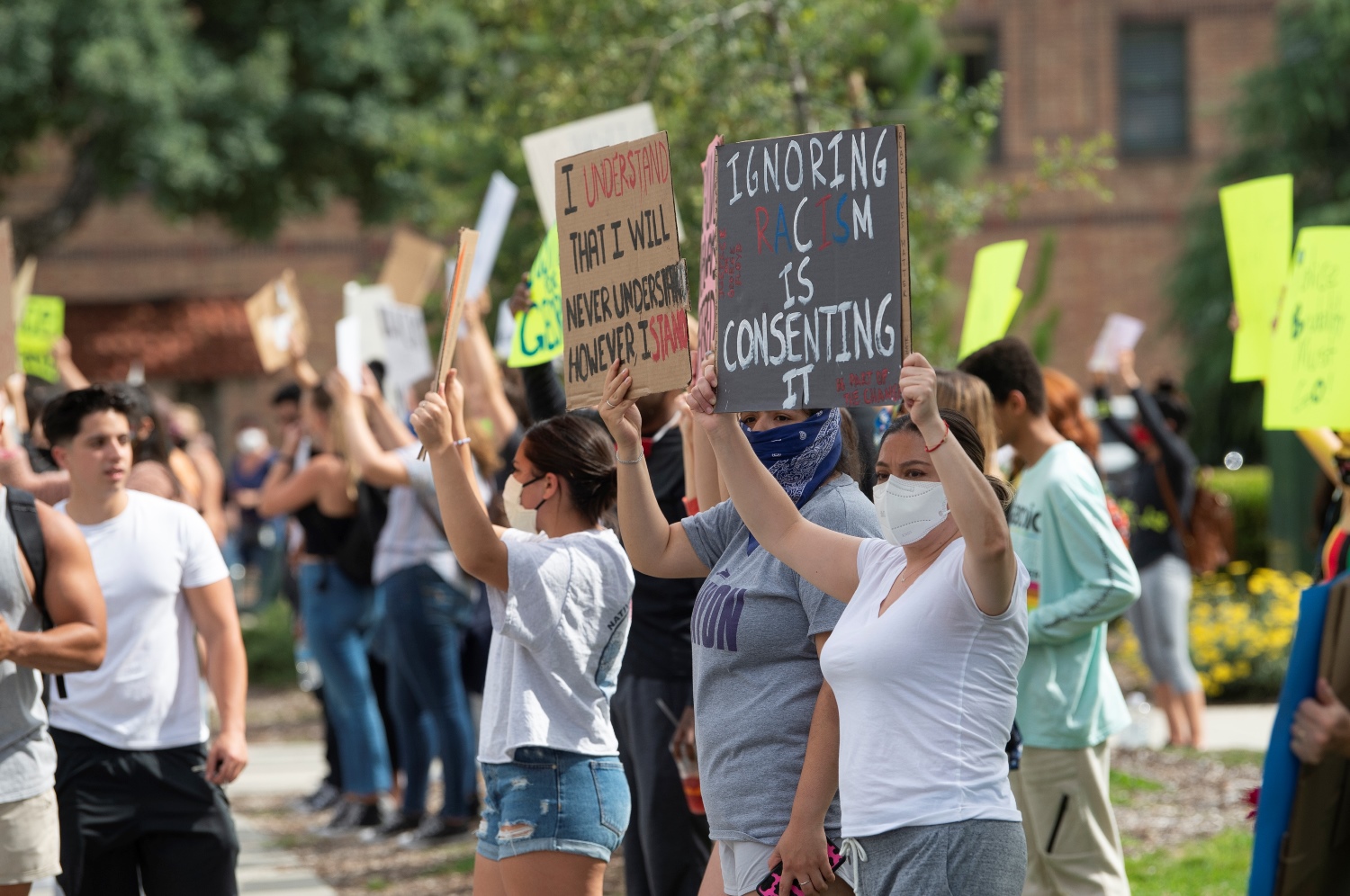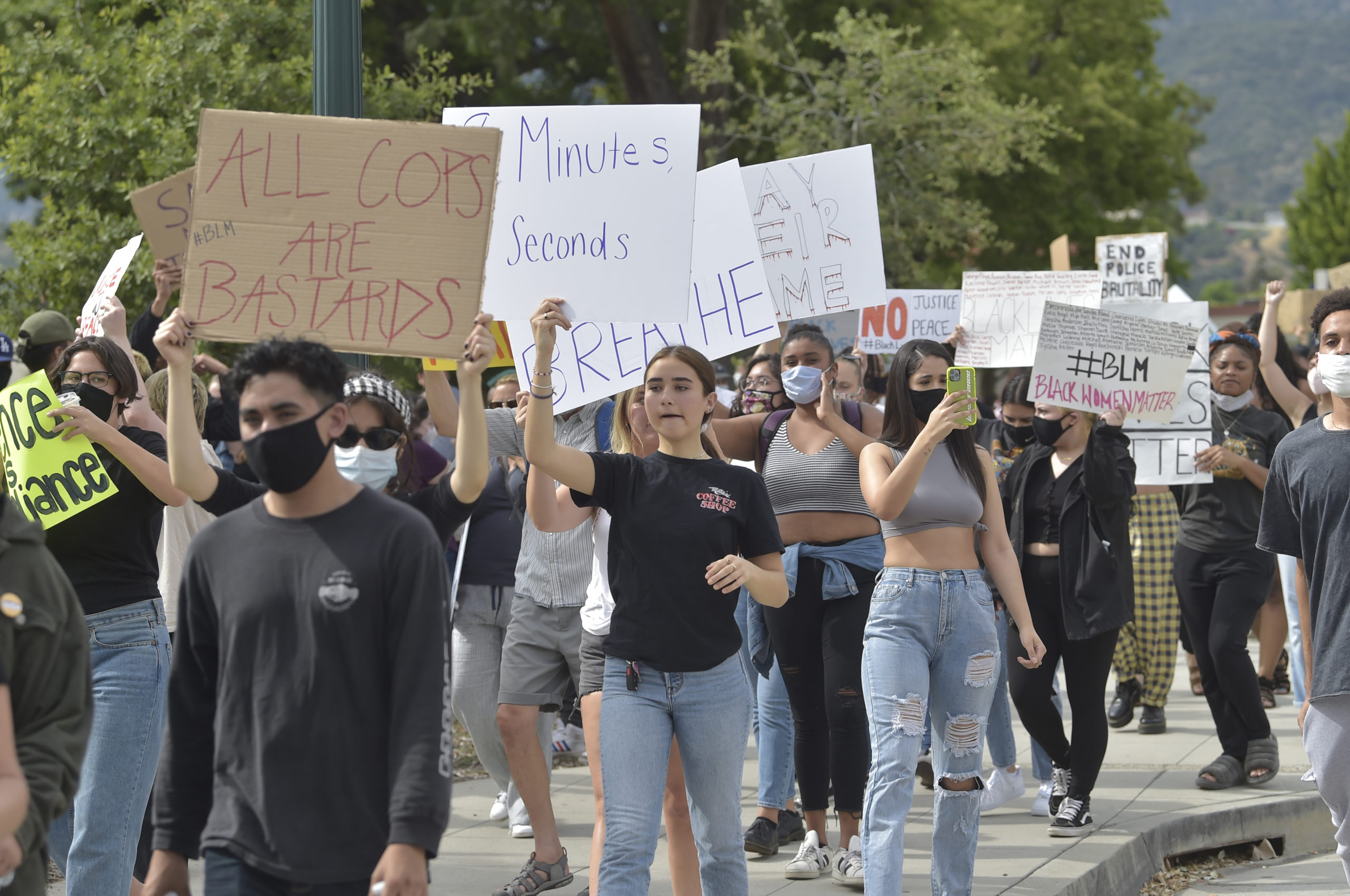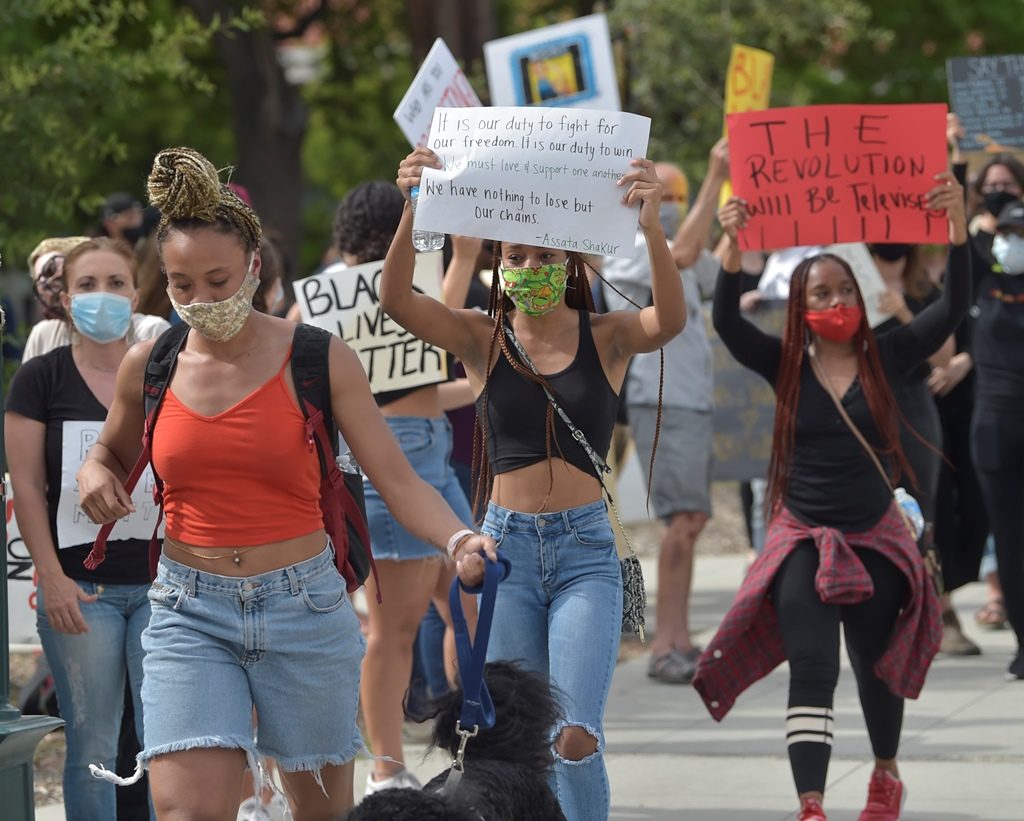
Last Friday afternoon May 29, the health department cleared the way for struggling local restaurants to reopen for dine-in patrons — the first time since the March stay at home mandate was enacted. For many in our collective communities this was a sign of significant progress and hope that maybe we were getting back to some form of normality after so many weeks of lockdown — getting out of the house and finally having a meal at a table instead of out of a box seemed like a dream come true for many.
But then, everything was about to change due to death of a black man at the knee of a police officer as three other officers looked on while the life was draining out of him.
On May 25, Minneapolis, Minn. police officers arrested George Floyd, a 46-year-old black man, after a delicatessen employee called 9-1-1, accusing Floyd of using counterfeit $20 bill. Within minutes of the cops arriving to investigate, Floyd was unconscious and pinned beneath the knee of one police officer, showing no signs of life.
The reaction to the horrific death was met the following day with the firing of the four officers involved by the Minneapolis police chief. In due course, Hennepin County attorney, Mike Freeman, announced third degree murder and manslaughter charges against Derek Chauvin, the officer who can be seen most clearly in witness videos pinning Floyd’s neck with his knee for over 8 minutes. On Wednesday, Minnesota Attorney General Keith Ellison, who is now leading the case, increased charges against Chauvin to second-degree murder and also charged the three other offers involved with aiding and abetting second-degree murder, according to the Star Tribune.
The violent death of Floyd set off a series of events all over the world, unparalleled even to the riots of 1968 and 1992. The second independent autopsy, paid for by Floyd’s family, confirmed the general consensus that the cause of death was asphyxiation as a result of the now ex-officer officer kneeling on Floyd’s neck for an extended period of time.
Over the weekend and throughout the week, thousands took to the streets to protest the murder in Minneapolis. Across the world, the protests occasionally escalated and erupted into violent confrontations and fringe groups started looting stores and businesses. Graphic television images, many from helicopter vantage points, showed a staggering number of people, mostly peaceful, but also the looting that at points became quite brazen, particularly in Santa Monica and New York City. Additionally, arsonists set fire to police cruisers and businesses were destroyed in cities across the world.
The week saw additional, albeit peaceful protests, in Monrovia and Pasadena by faith based organizations.
Monday night also saw the National Guard deployed in Washington D.C. at President Trump’s request – to have a military show of force against protesters. Trump has vowed to use military might to “dominate” protesters.
Twenty-three states now have also activated the National Guard to combat “civil unrest.”
On Monday night Black Lives Matter once again organized a protest in Old Town Pasadena. The on Tuesday, the Pasadena branch of the National Association for the Advancement of Colored People (NAACP) and the National Association of Day Labors (NDLON) along with faith leaders from the Interdenominational Ministerial Alliance (IMA) and the Community Clergy Coalition (CCC) led a peaceful vigil. The caravan extended for miles in northwest Pasadena. The peaceful protest saw hundreds of people practicing their First Amendment rights up and down Raymond Avenue.
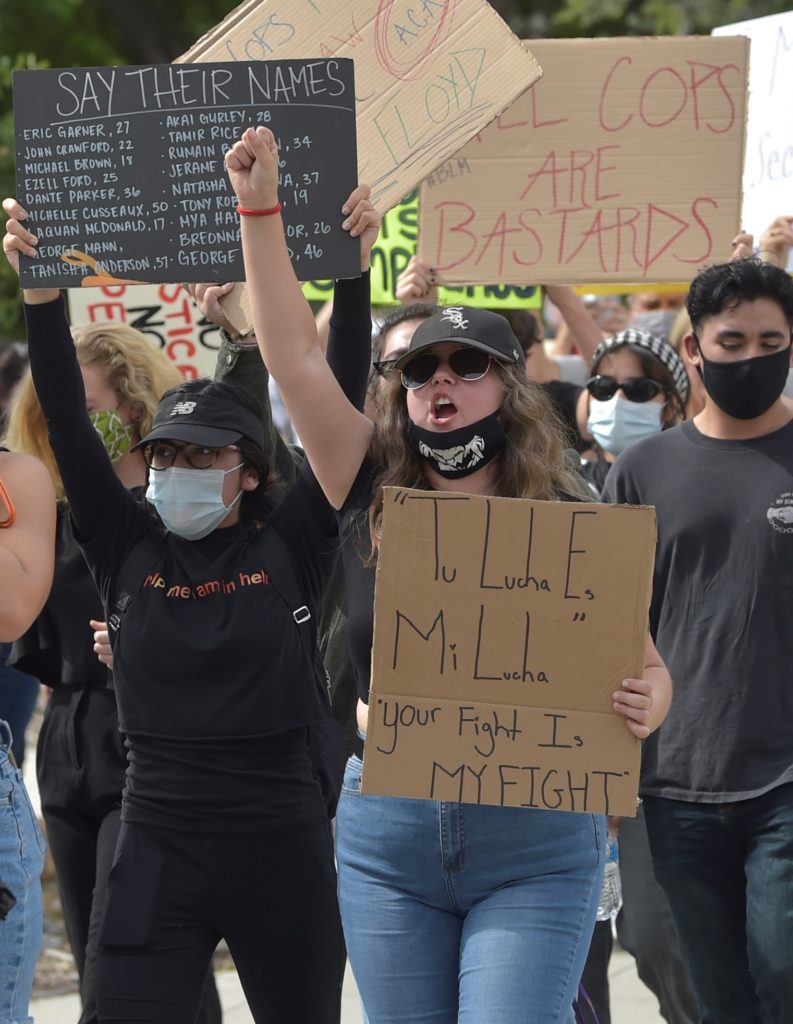
The Pasadena Unified School District superintendent said that the COVID-19 crisis has further exposed the deep divide in our country along racial and socioeconomic lines.
“Enough is enough. It is time for us as a community and as a country and make meaningful and impactful change. The solutions rest with us individually and collectively,” said Brian McDonald in an email to the community.
With all the protests, the majority of which are peaceful expressions of sadness and using First Amendment rights, authorities have attempted early curfews in many cities, some as early as 1 p.m. in Santa Monica and 6 p.m. in Los Angeles County.
On Tuesday, the Mayor of Monrovia and Councilman Larry Spicer joined the large and vocal protest at Monrovia Library Park. In a show of peace, Monrovia Police Chief Alan Sanvictores and a couple of other Monrovia PD officers took a knee in solidarity with the protesters as they chanted and passersby honked their horns.
There were a few agitators at the park Tuesday afternoon including one man who wore a “Keep America Great” hat and carried a sign that demanded Governor Newsom’s resignation as well as to “Open up America.” Another disgruntled elderly gentleman walked up to some young people in the park saying they didn’t know what they were doing and was visibly angry. Police officers kept a very low profile and could be heard interacting with the throngs to ensure there was no threat.
The protests locally and nationally have grown in numbers but more peaceful as the days continue. According to officials from across the United States, there seems to be a huge difference in the daytime protests and nighttime looting which peaceful protesters admonish.

